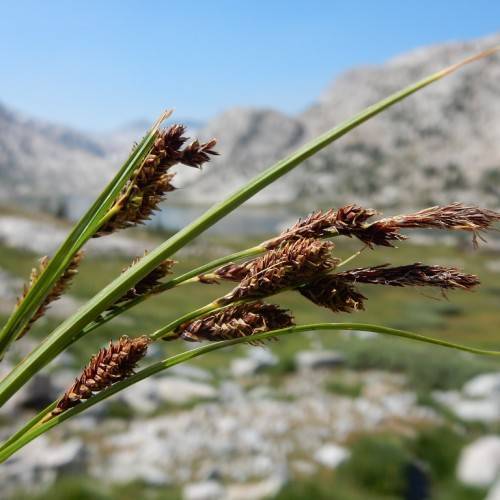
Woodrush Sedge
Carex luzulina
Watering:
Average
Hardiness Zone:
Flowers:
Flowers
Sun:
Partial Shade
Soil:
Loam, Humus Enriched
Leaf:
Yes
Growth Rate:
Low
Drought Tolerant:
Yes
Salt Tolerant:
Yes
Care Level:
Medium
watering
Hop Sedge needs moist but well-drained soil, so it is important to water this plant regularly to keep the soil consistently moist. In general, water hop sedge about 2 to 3 times a week, either with a hose or by hand, to keep the soil damp but not soggy. Depending on your climate, you may need to adjust the amount of water given. During warmer summer months, soil can dry out quickly, so extra waterings may be required. On the other hand, during cooler spring and fall months when rainfall is more frequent, you may only need to water hop sedge once a week. If the soil begins to feel dry to the touch, it is time for a watering.
sunlight
Hop Sedge grows best in full sun, but will tolerate partial shade. During peak summer months, when temperatures are warmer, plants should receive at least 6 hours of direct sunlight a day. In the cooler months, 3-4 hours of direct sunlight a day is adequate for hop sedge. During the hottest part of the day, plants should be shaded in order to protect them from the direct rays of the sun.
pruning
Hop Sedge should be pruned during the late winter or early spring before new growth has begun. Pruning should focus on removing dead and weak stems to promote strong and healthy growth. This species should only be lightly pruned, with most of the pruning being limited to removing dead or damaged stems. Removing more than 1/3 of the total foliage can stunt the plant’s growth.
